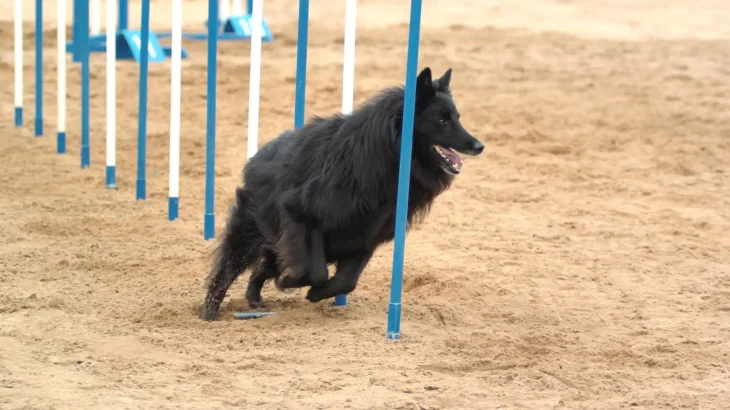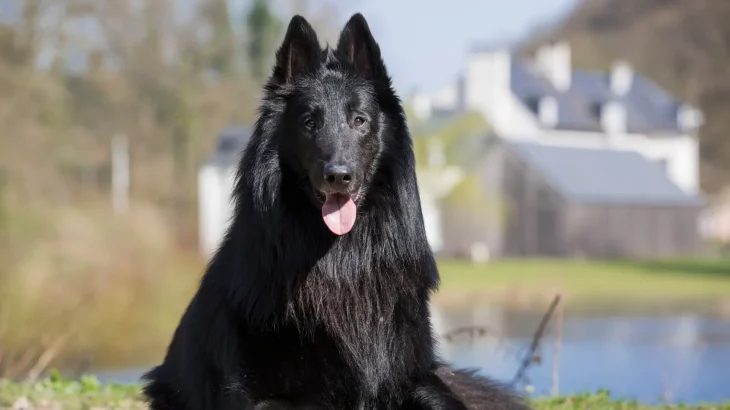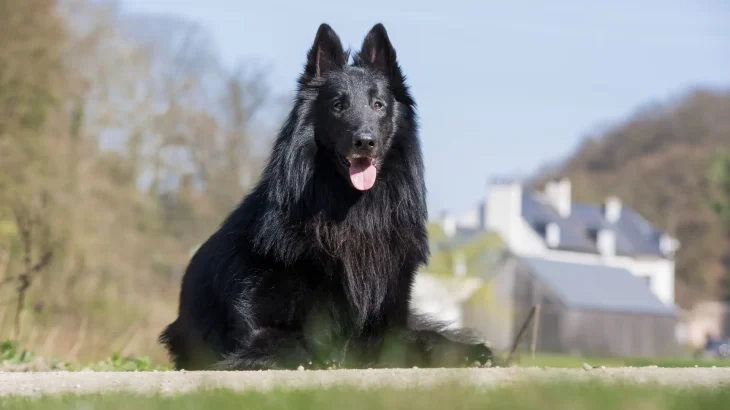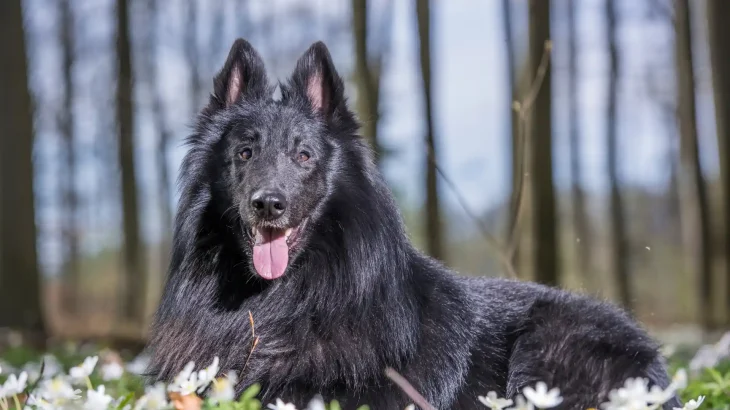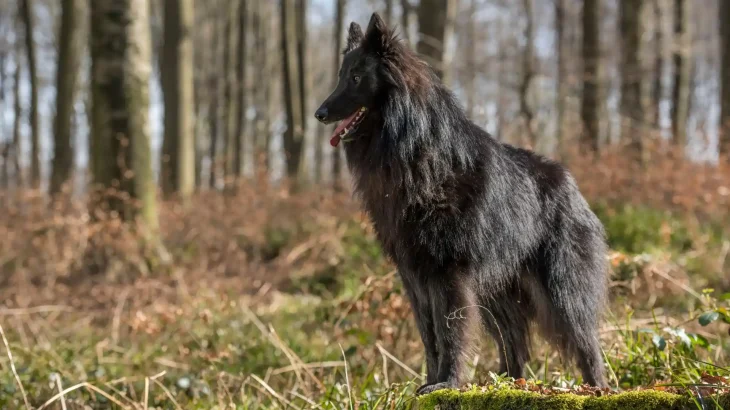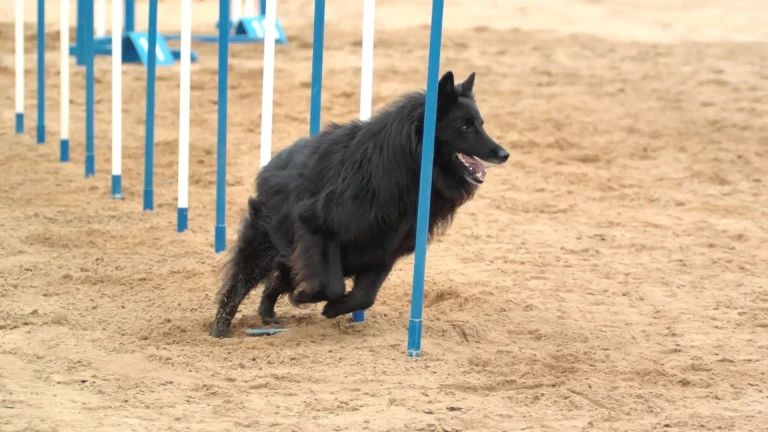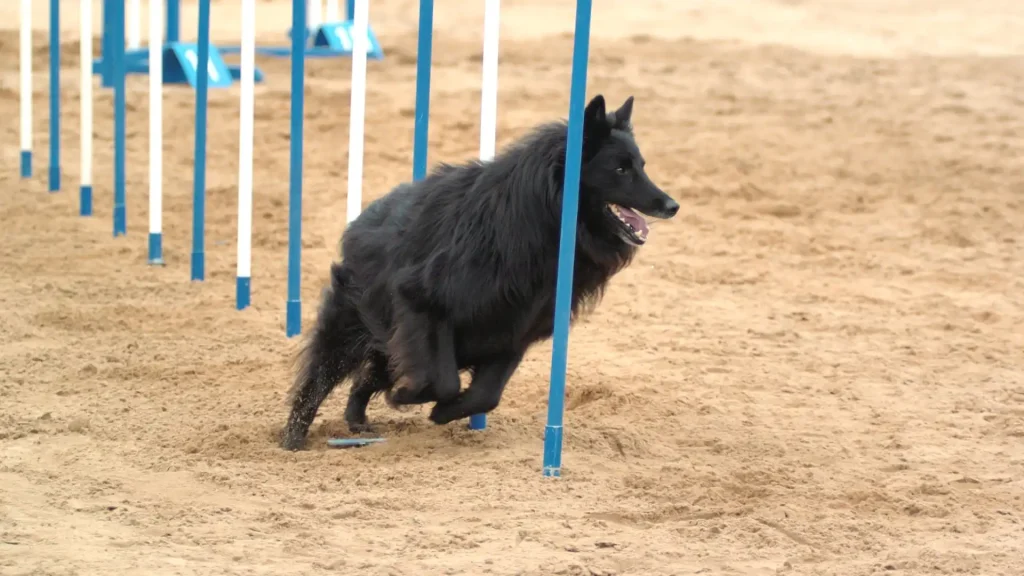Deciding between adopting or purchasing a Groenendael puppy depends on your priorities and circumstances. Buying from a breeder usually offers assurance about the puppy's health history and pedigree, while adopting can give a deserving dog a second chance and often comes with lower costs.
Adoption vs. Breeder: Pros & Cons
| Criteria | Buying from Breeder | Adopting from Shelter/Rescue |
|---|---|---|
| Cost | Higher cost due to purebred status and breeder reputation. | Generally lower adoption fees, making it more affordable. |
| Health History | Comprehensive health screening and genetic testing available. | Health history may be limited or unknown, though basic care is provided. |
| Age Availability | Primarily young puppies available to raise from early days. | Variety of ages including adults, which could suit different lifestyle needs. |
| Temperament Insight | Breeders often provide insight into lineage temperament and traits. | Behavioral traits may be observable, but lineage is often unknown. |
| Ethical Considerations | Supports responsible breeding when sourced from reputable breeders. | Supports animal welfare by giving a home to a dog in need. |
| Breed Purity & Pedigree | Assured purebred status with pedigree documentation. | May not guarantee purebred status or pedigree documentation. |

